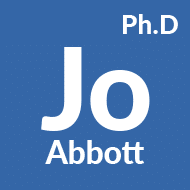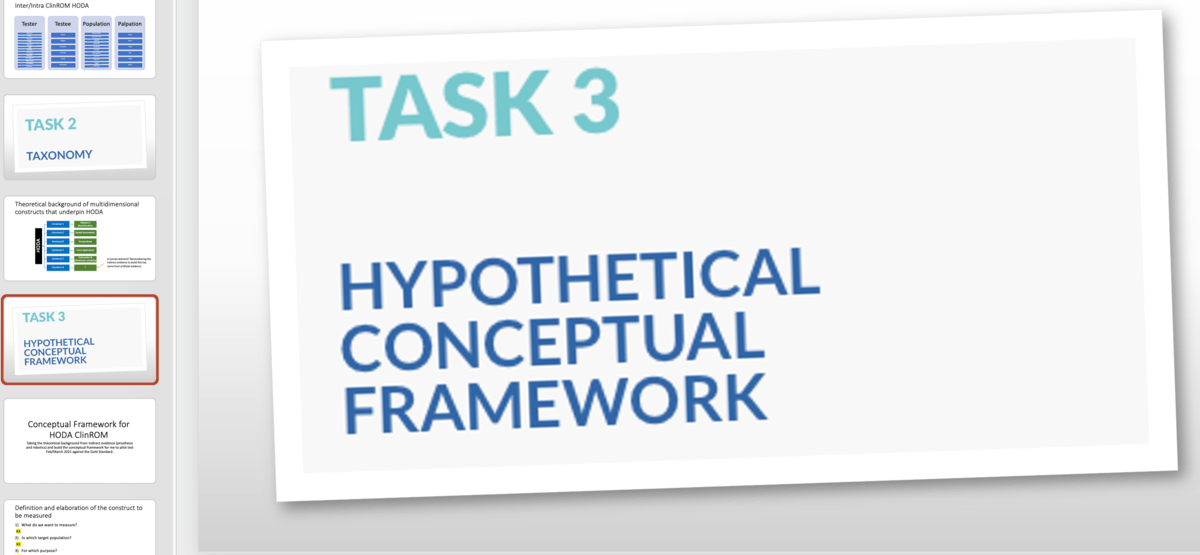Since 2016, the Centers for Disease Control and Prevention (CDC) and European guidelines have recommended manual therapy as first- line treatment for MSK ill-health. Manual therapy is an approach where Practitioners of Manual Therapy (PoMT) use hands-on data acquisition and analysis (HODA-A) as a measurement instrument for research, diagnosis, prognosis, and a tool for treatment. Yet manual therapy techniques fail all reliability studies, therefore without proof that hands-on is a valid and reliable method of data collection, this very much limits the conclusions that can be drawn from using the hands in MSK healthcare.
To date, what remains unknown is whether these five constructs exist, or are applicable to ‘what works’ for practitioners of manual therapy (PoMTs) when using HODA-A as a measurement instrument. To explore the Scientific Evaluation and Review of Claims in Health Care (SEaRCHTM) of HODA-A, an international expert panel was recruited (Coulter et al., 2016; Jonas et al., 2017) and a phenomenographic analysis of the transcripts conducted. Advocated as a method of studying practitioners’ decision-making processes (Depoy & Gitlin, 1993), a focus group approach was used to generate primarily qualitative data, by capitalising on the discussions that occurred (Sim & Snell, 1996).






Wish you good luck with this Jo and Co!
Please keep me informed.
Shiraz
Thank you sooo much Shiraz. Wrapping up the PhD is super exciting! How are things with you?
I just filled the formulaire
Please keep me updated
Thanks
Kind regards
Eugenio
Thank you Eugenio, I have sent you a couple of emails and wait to hear back from you.
J